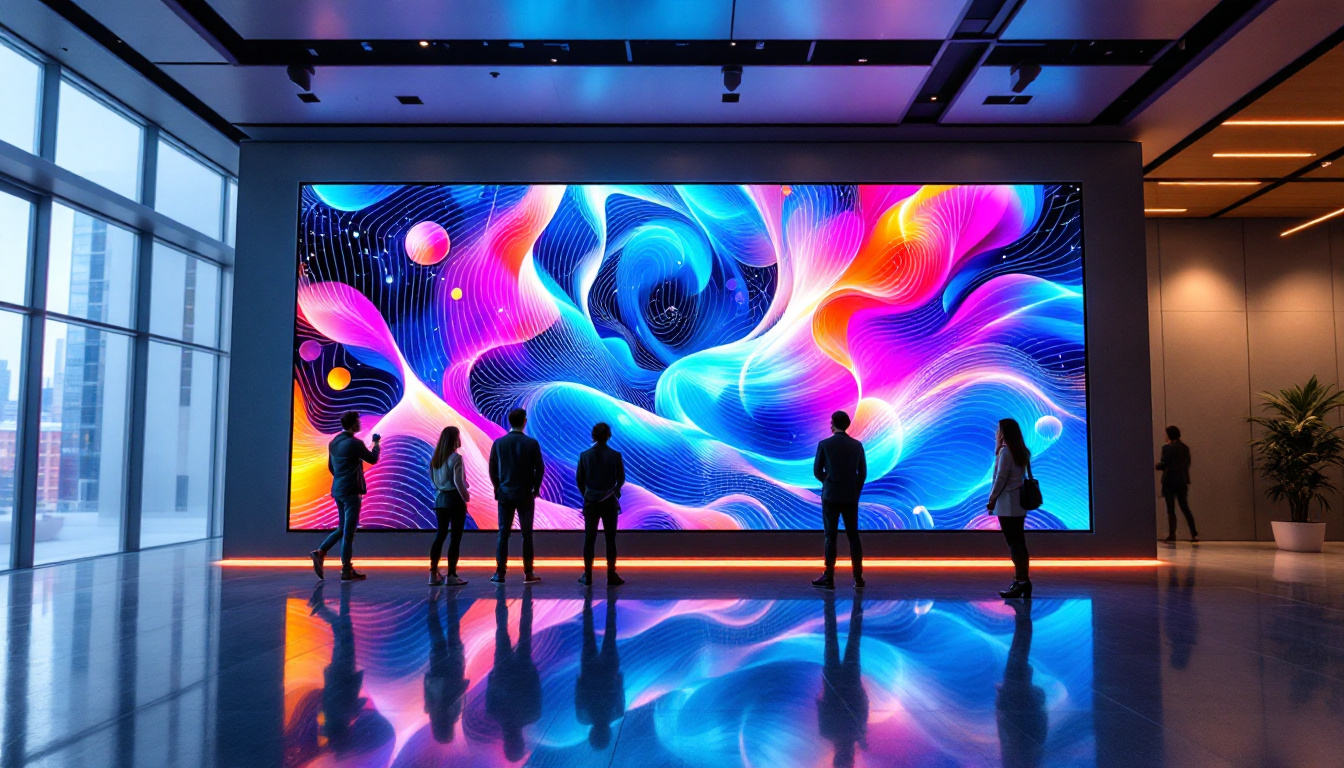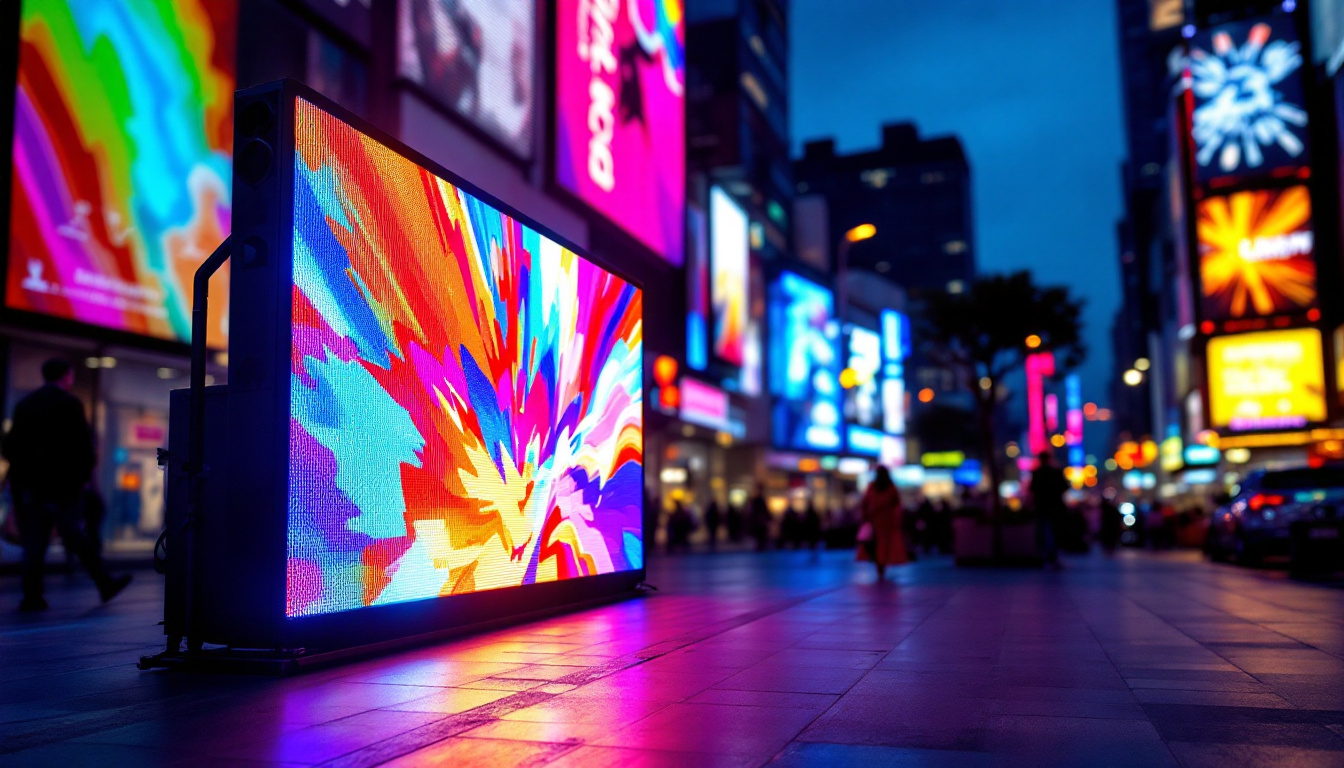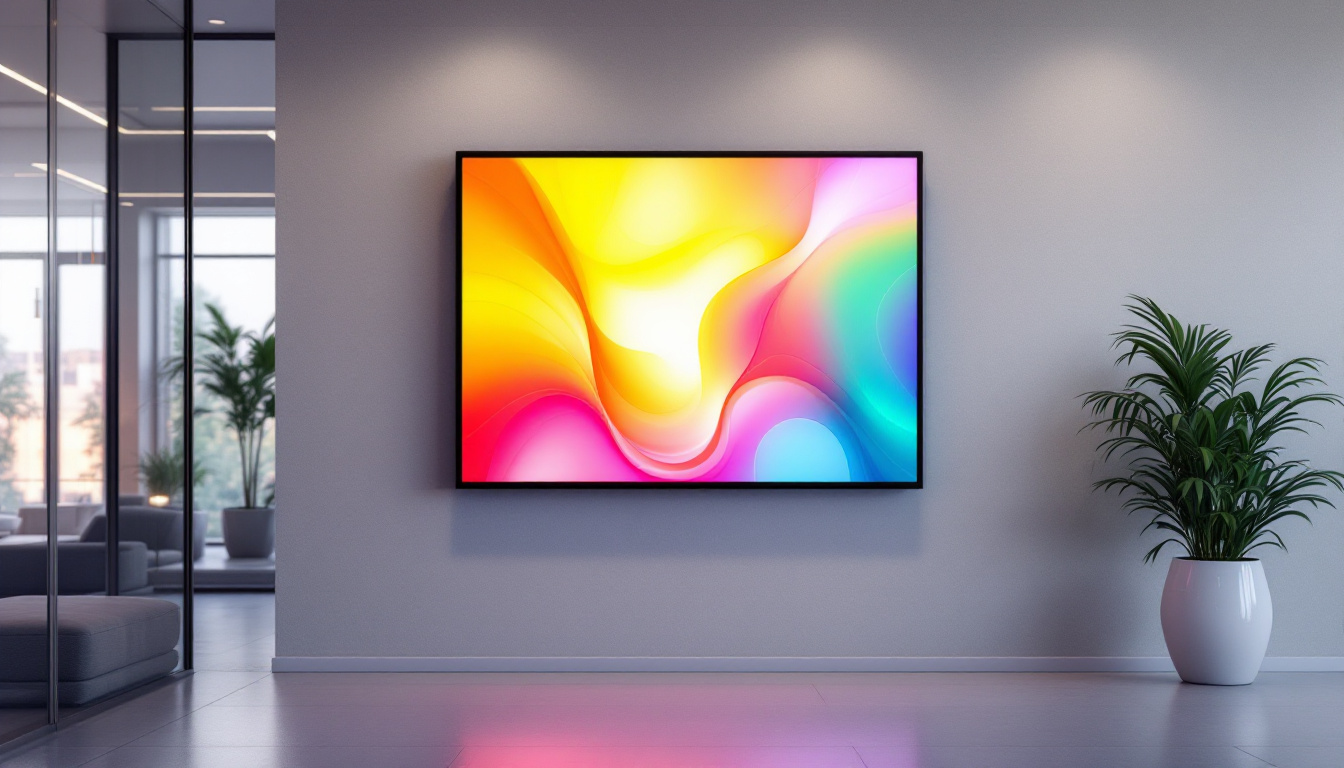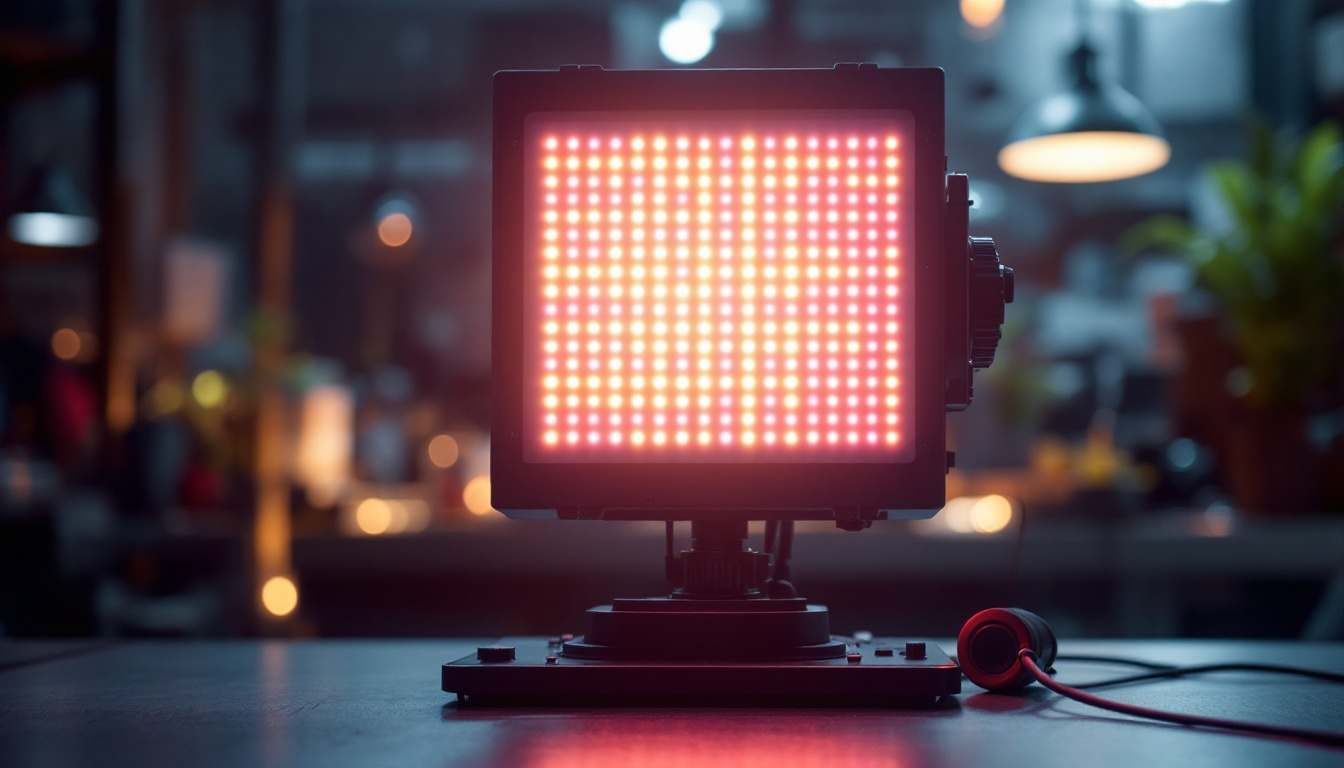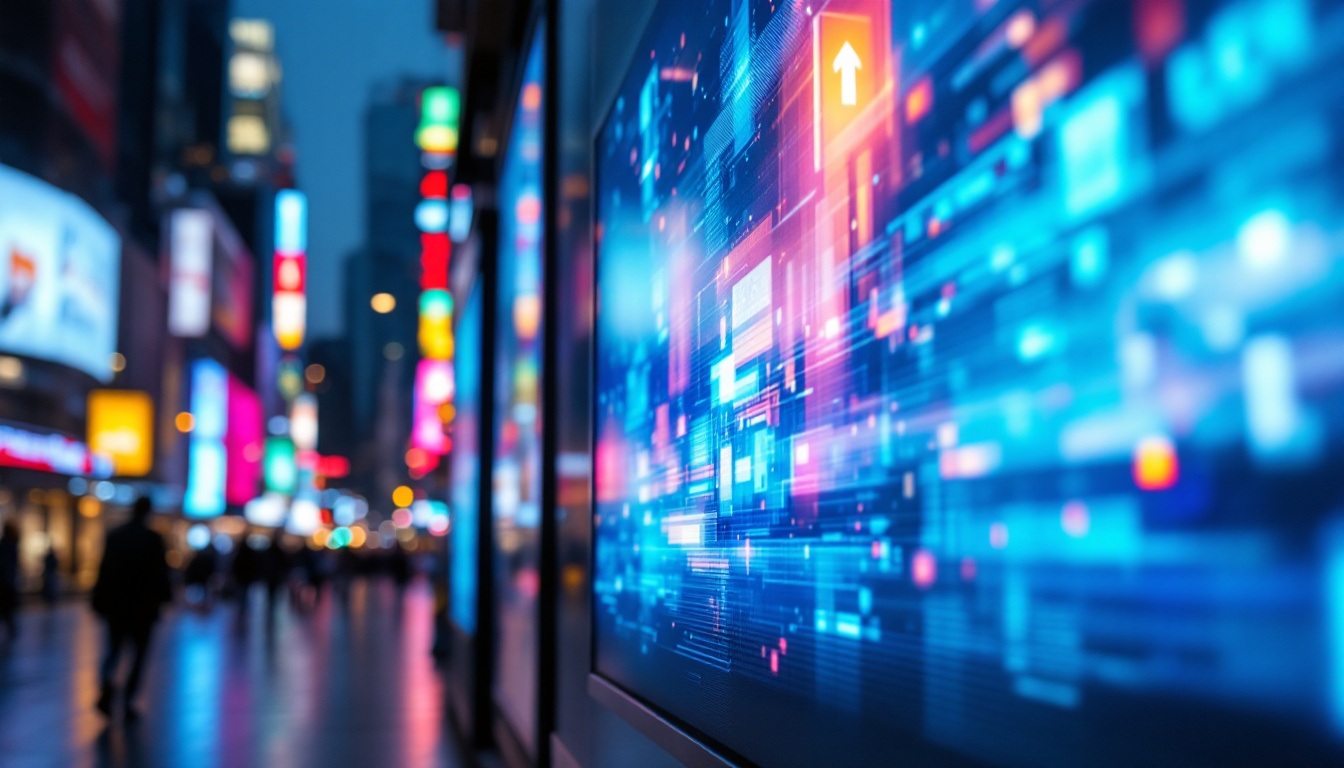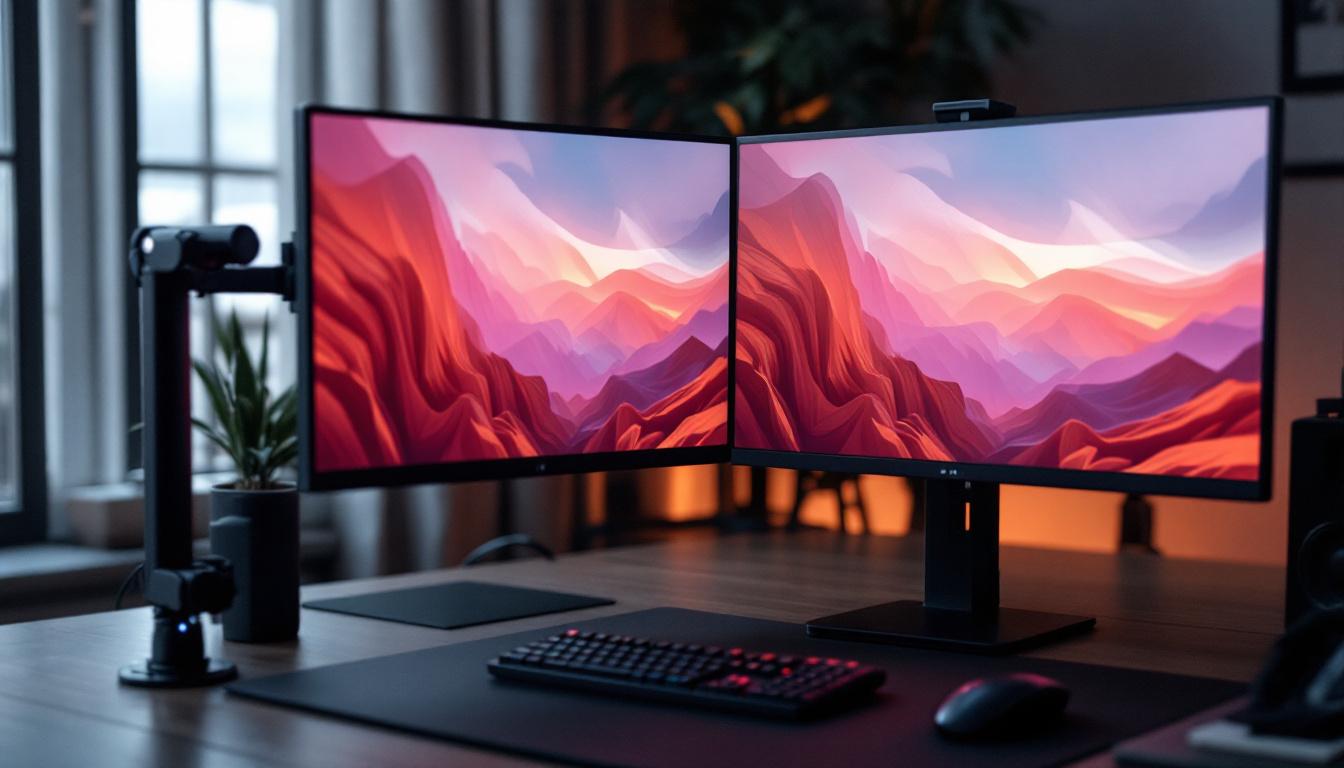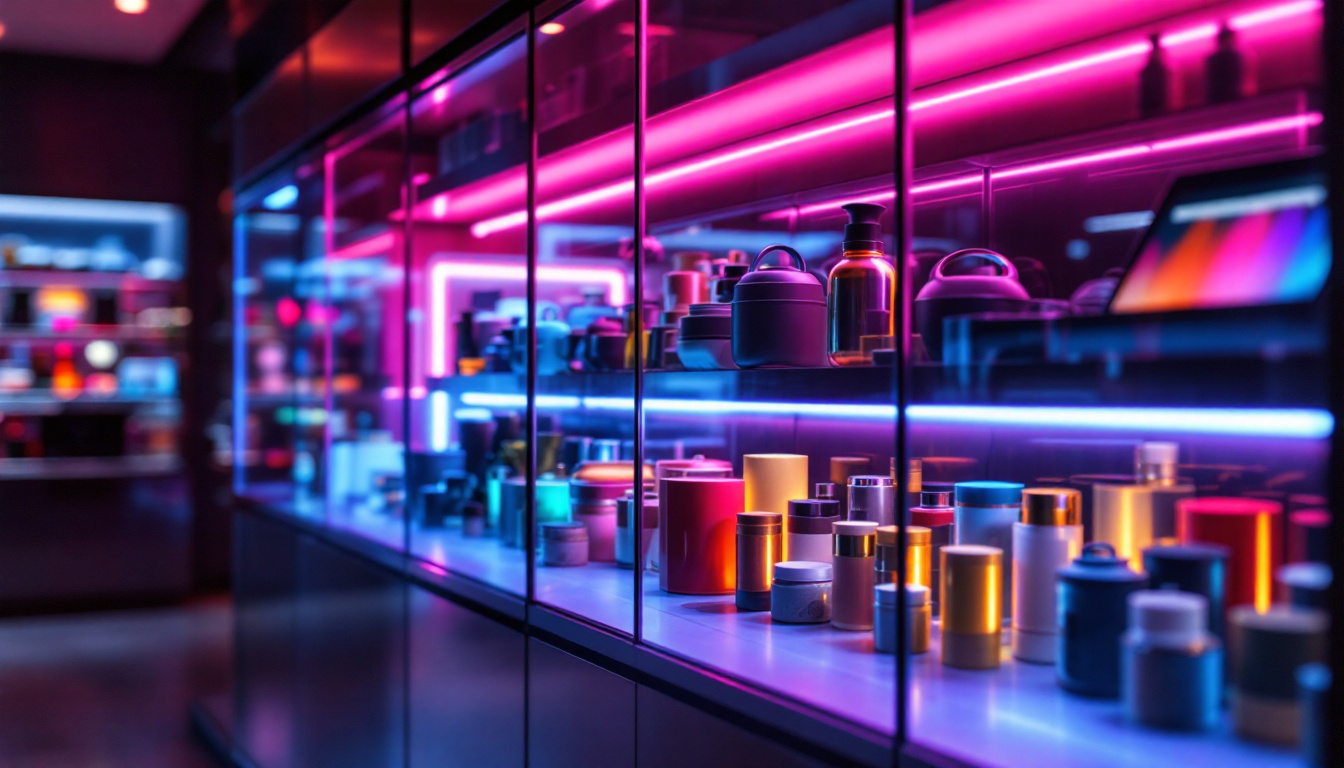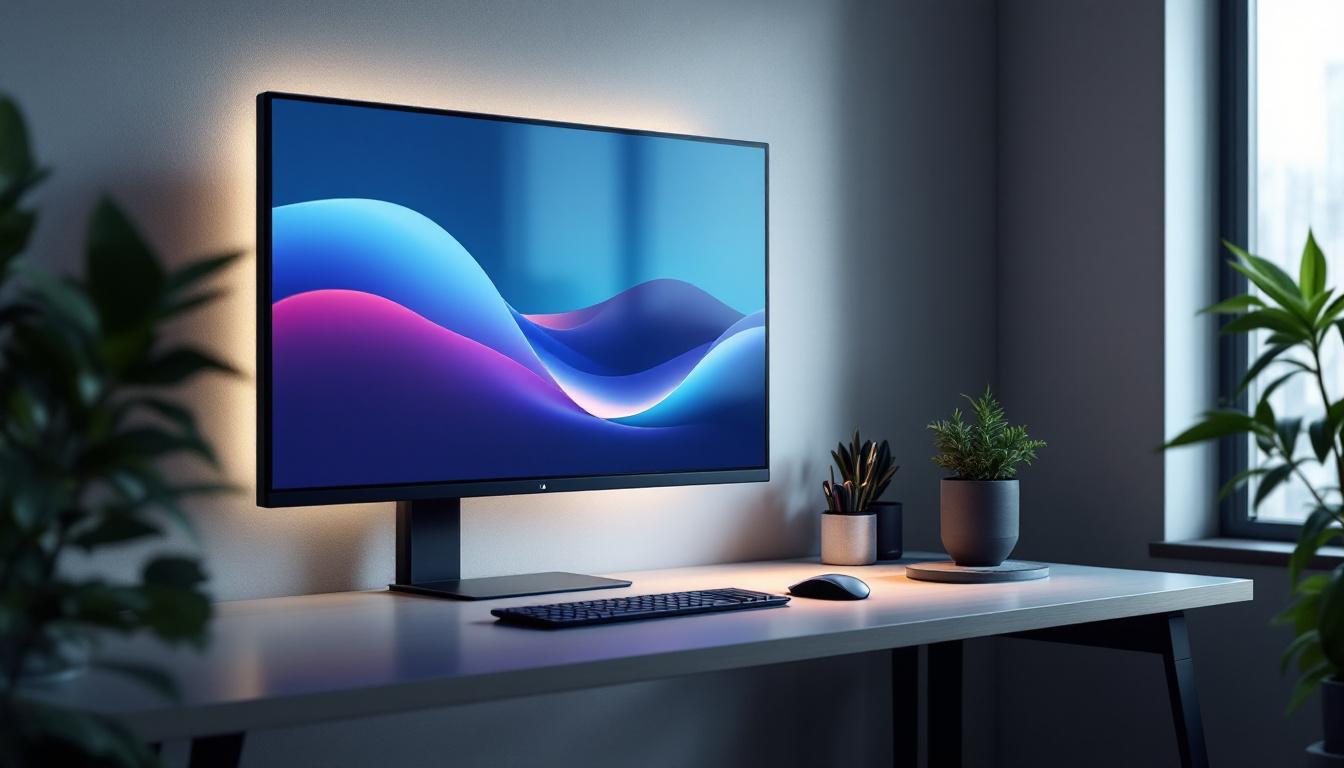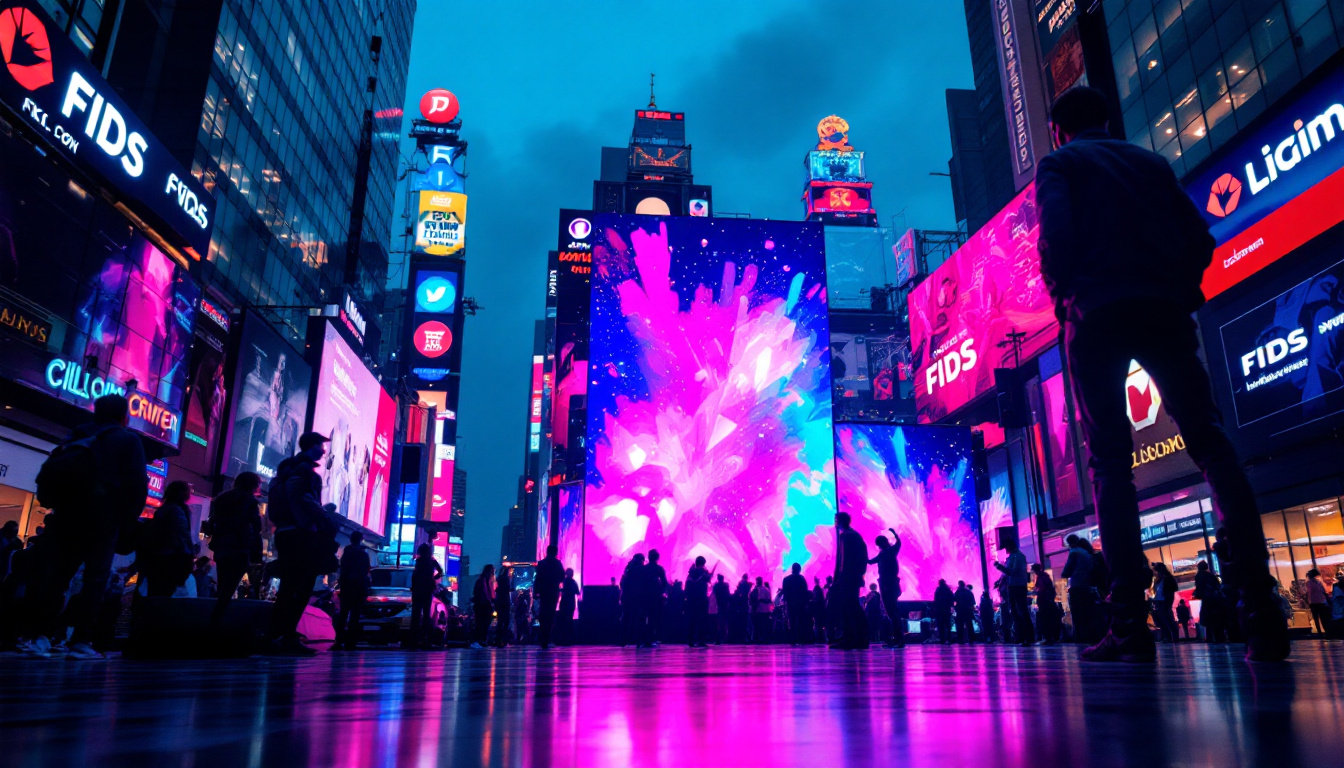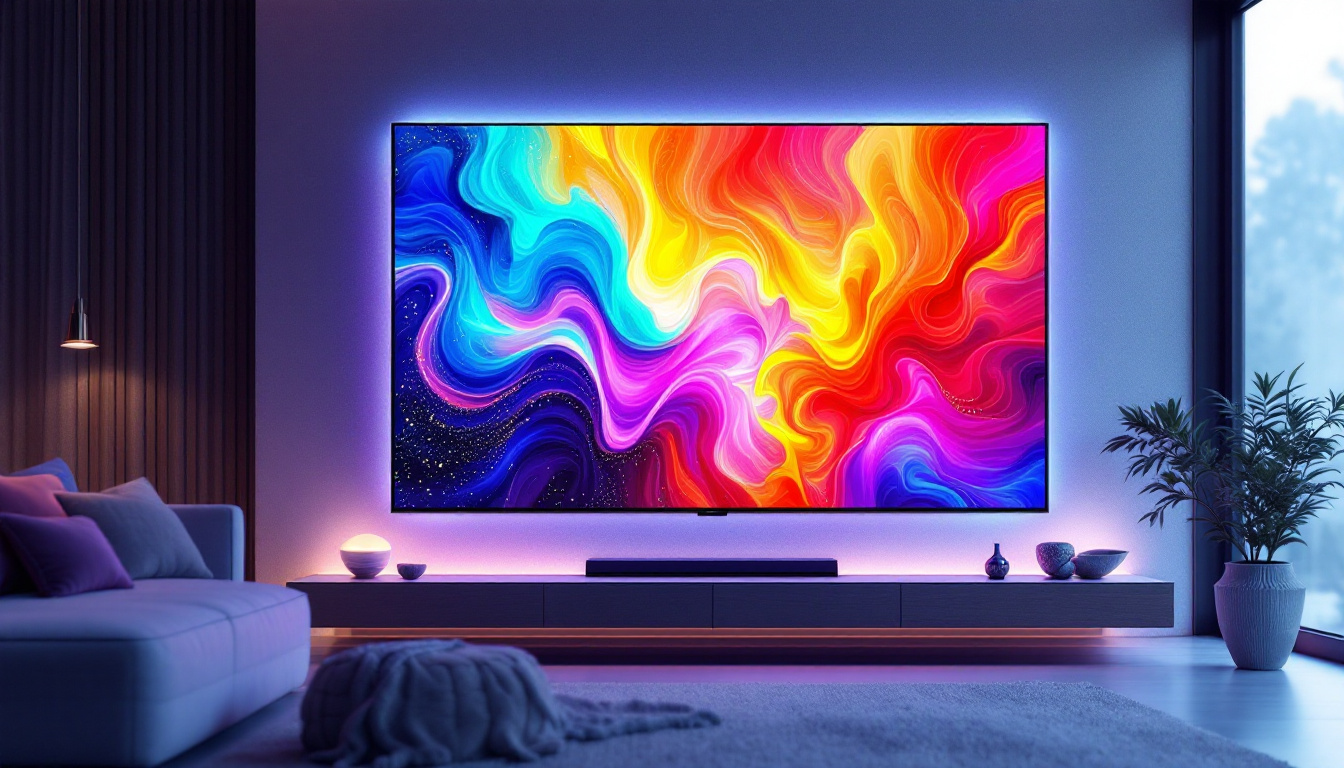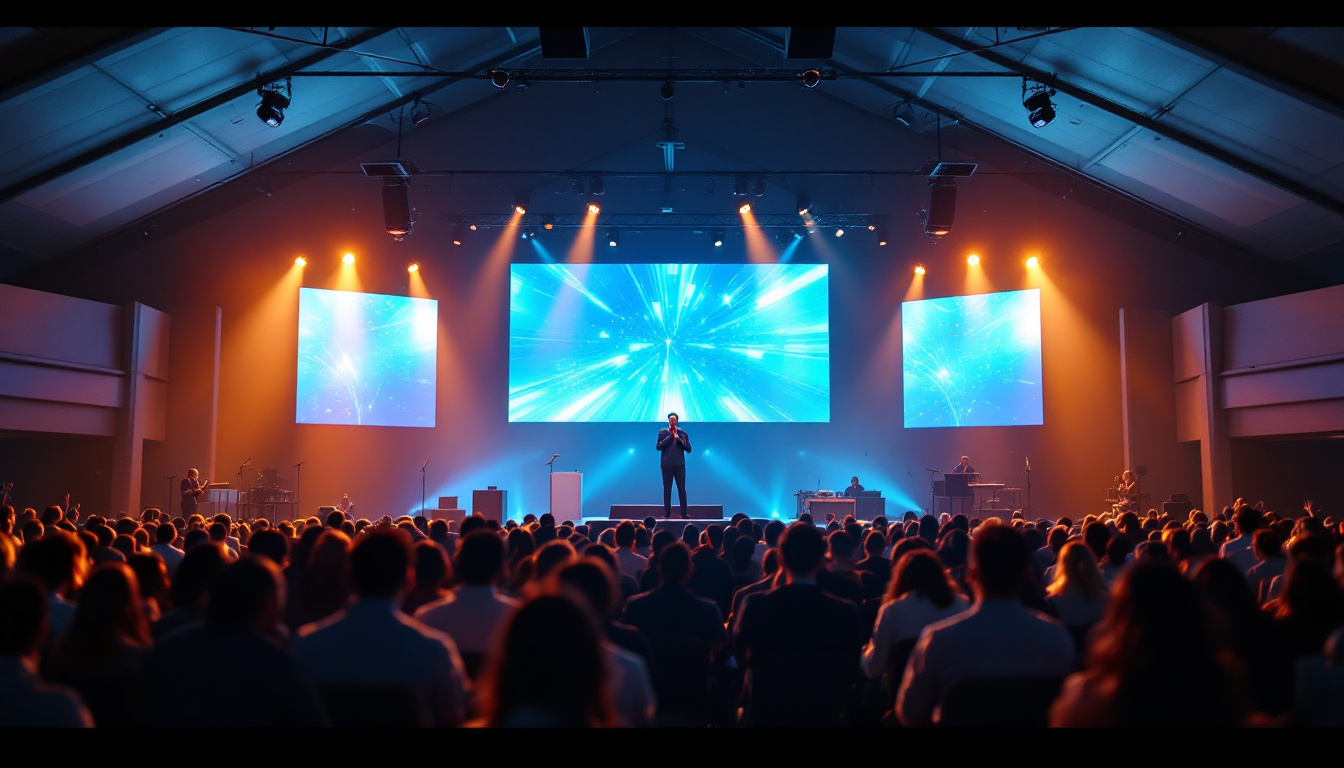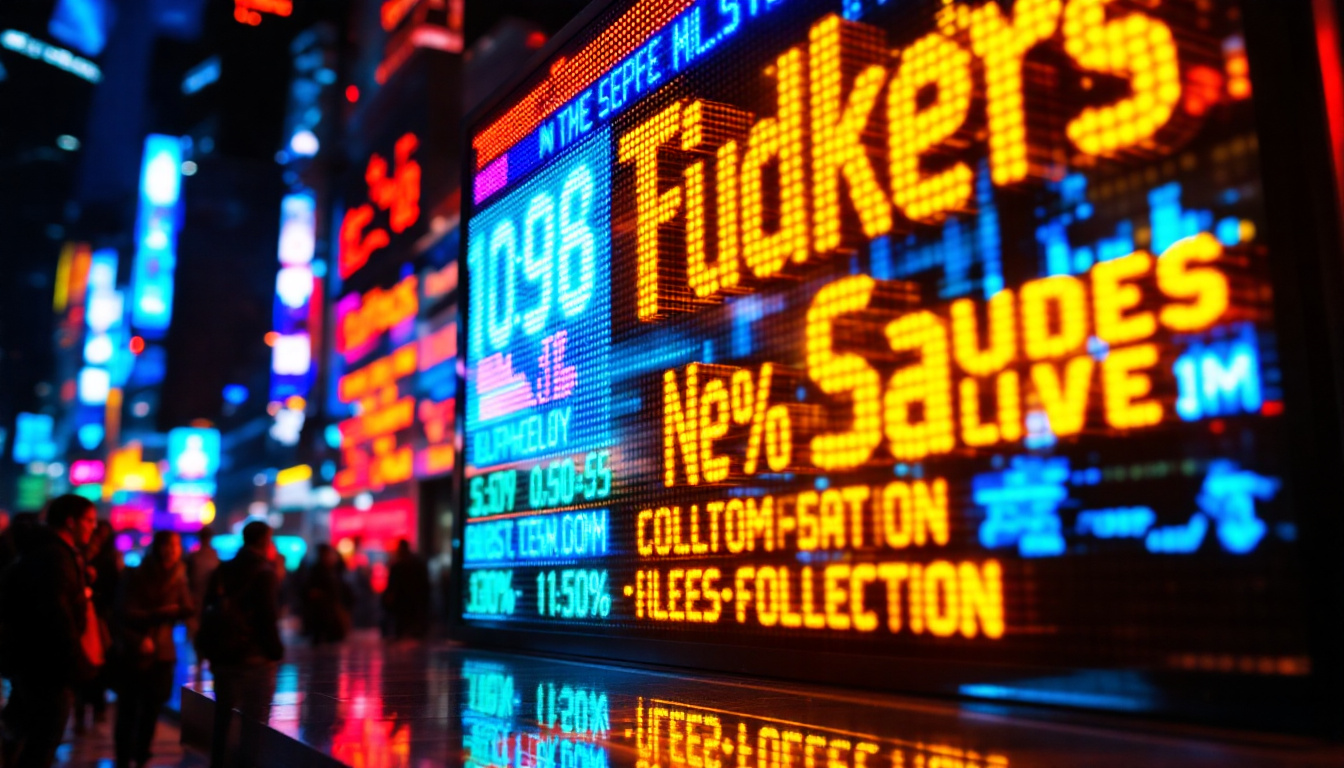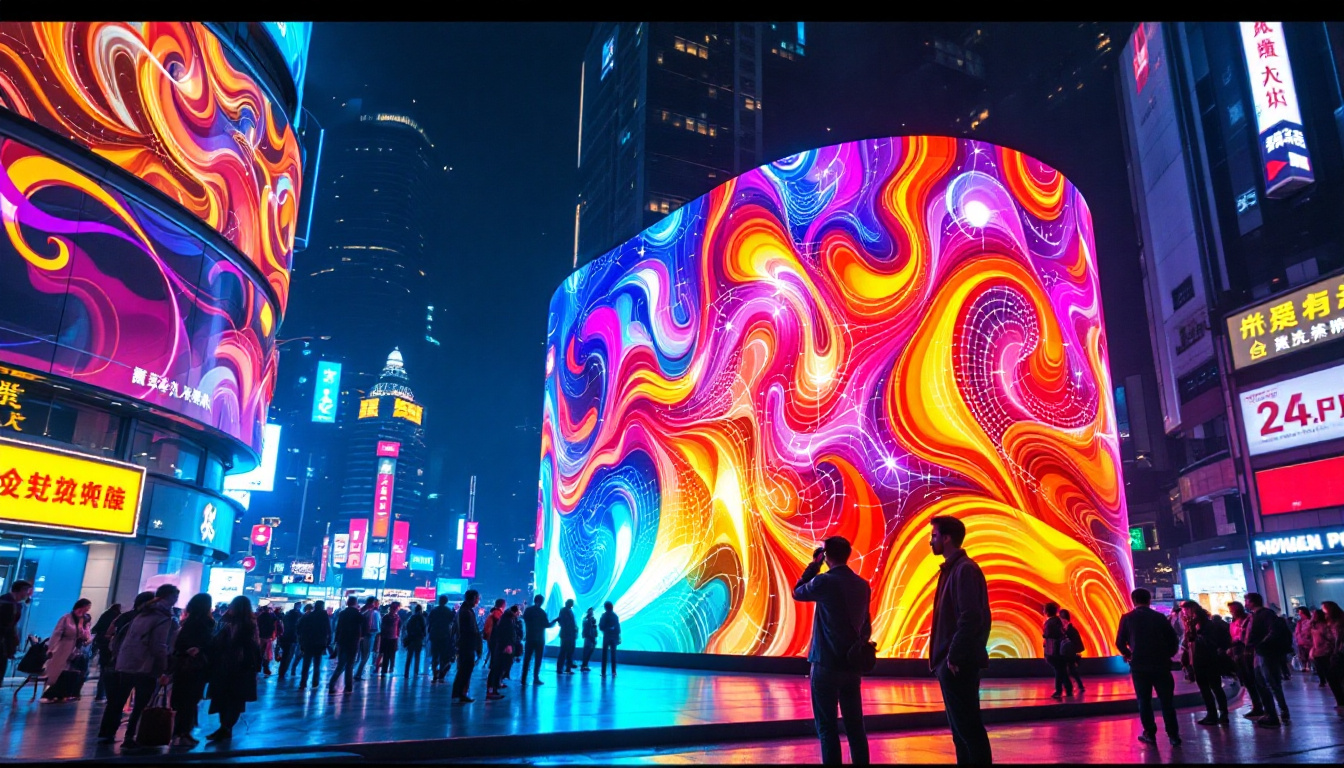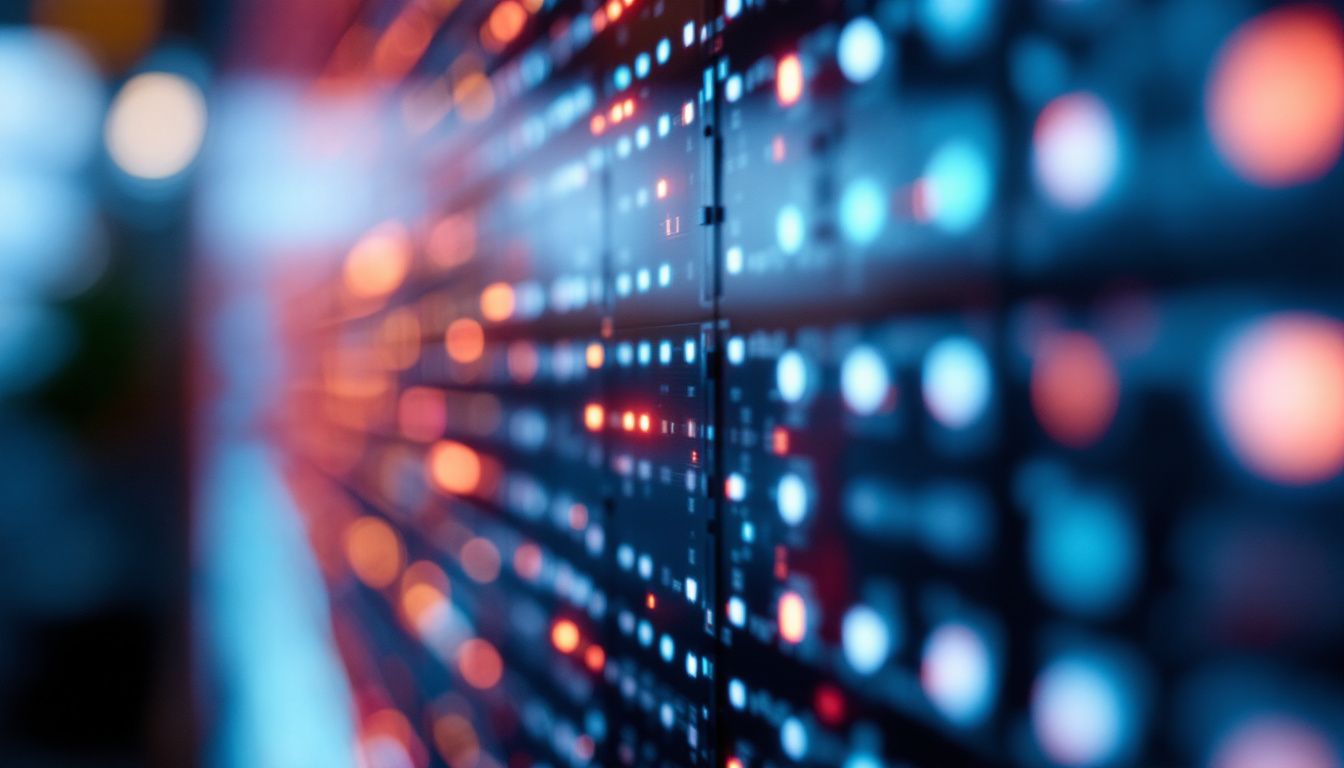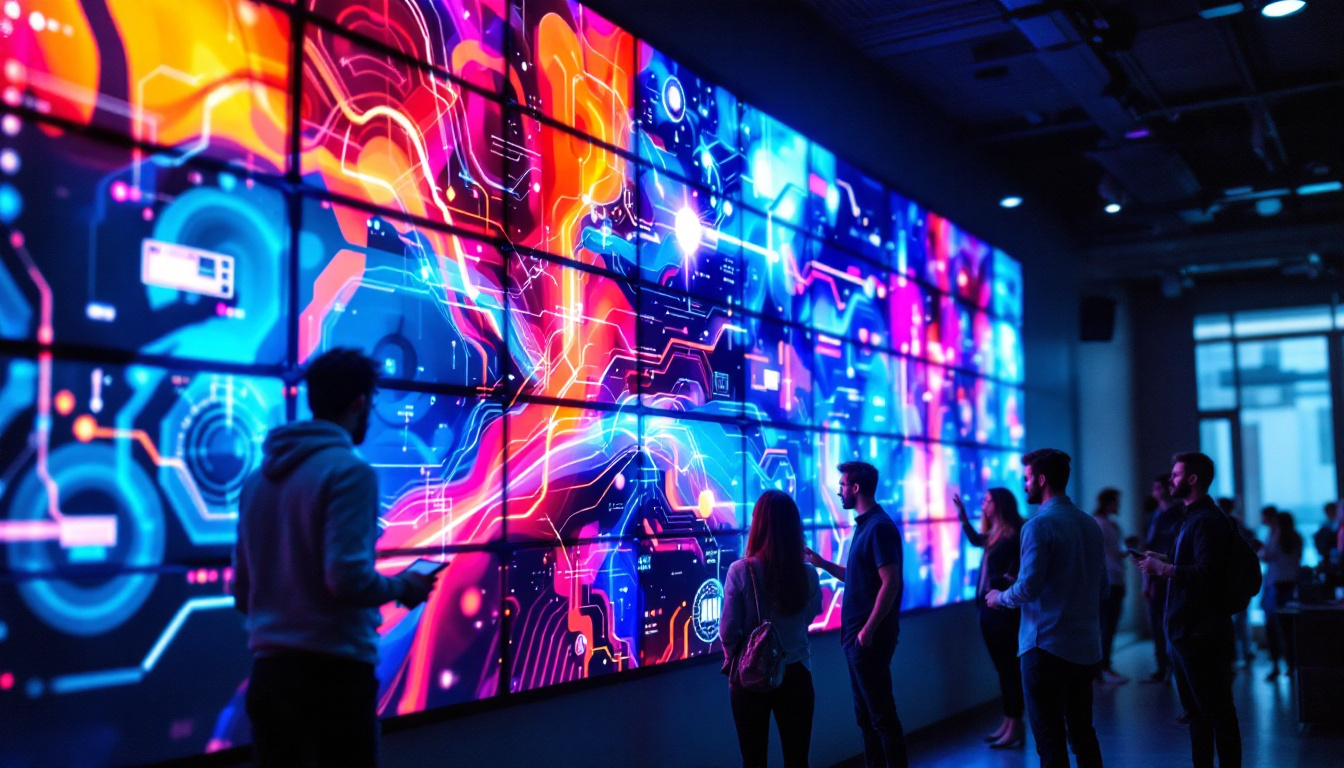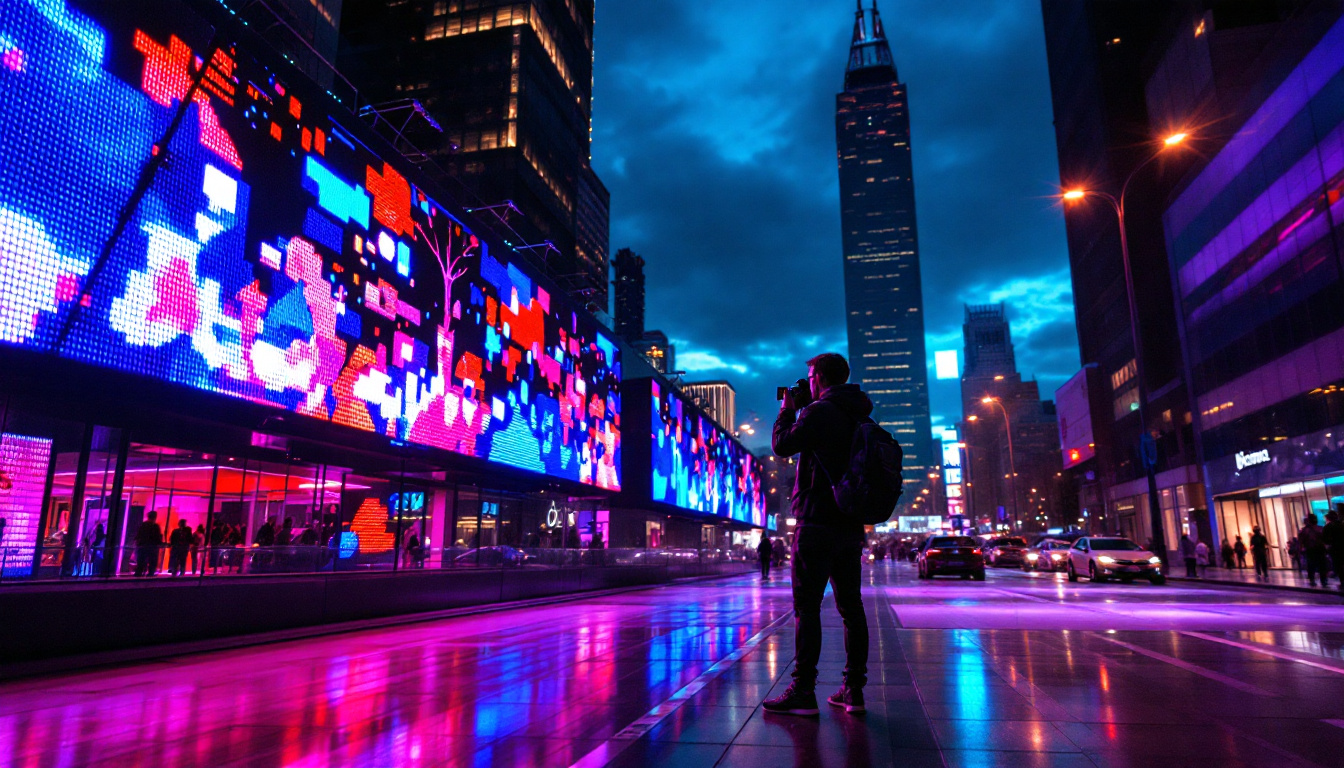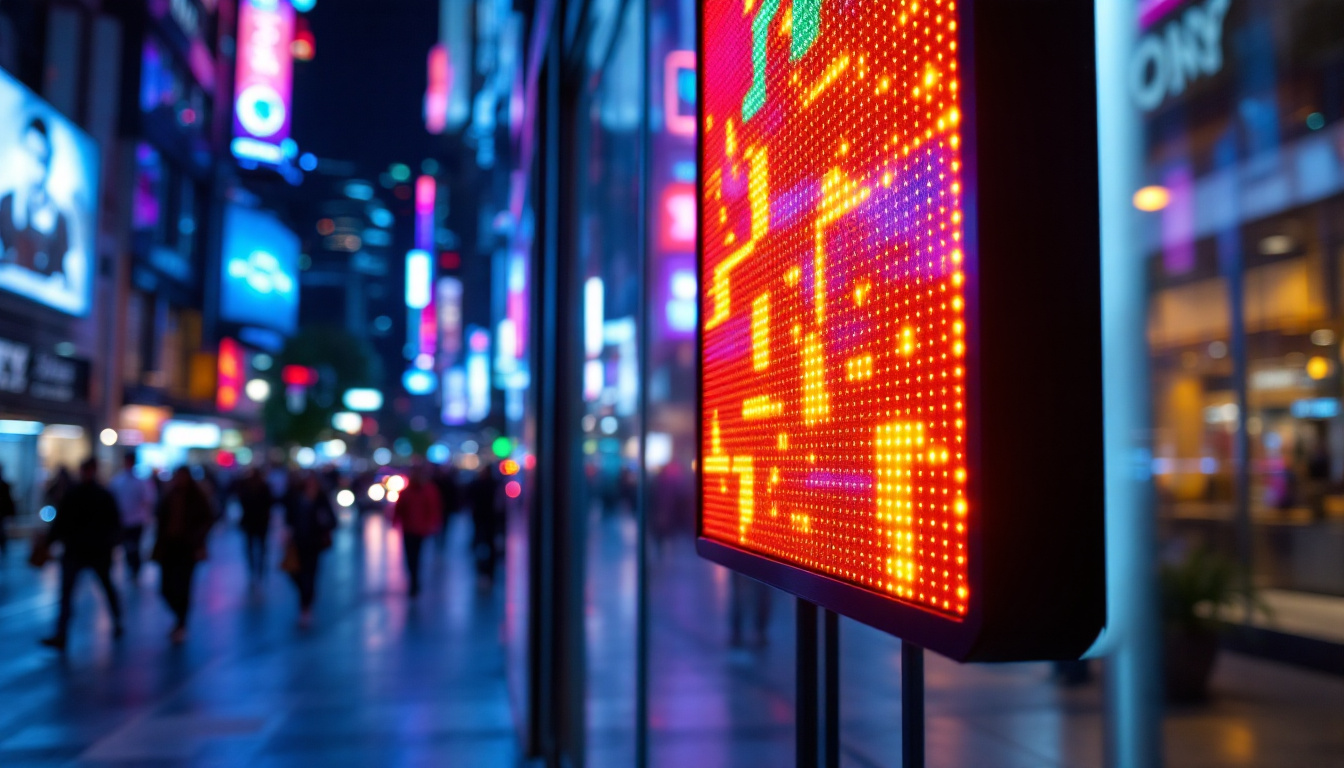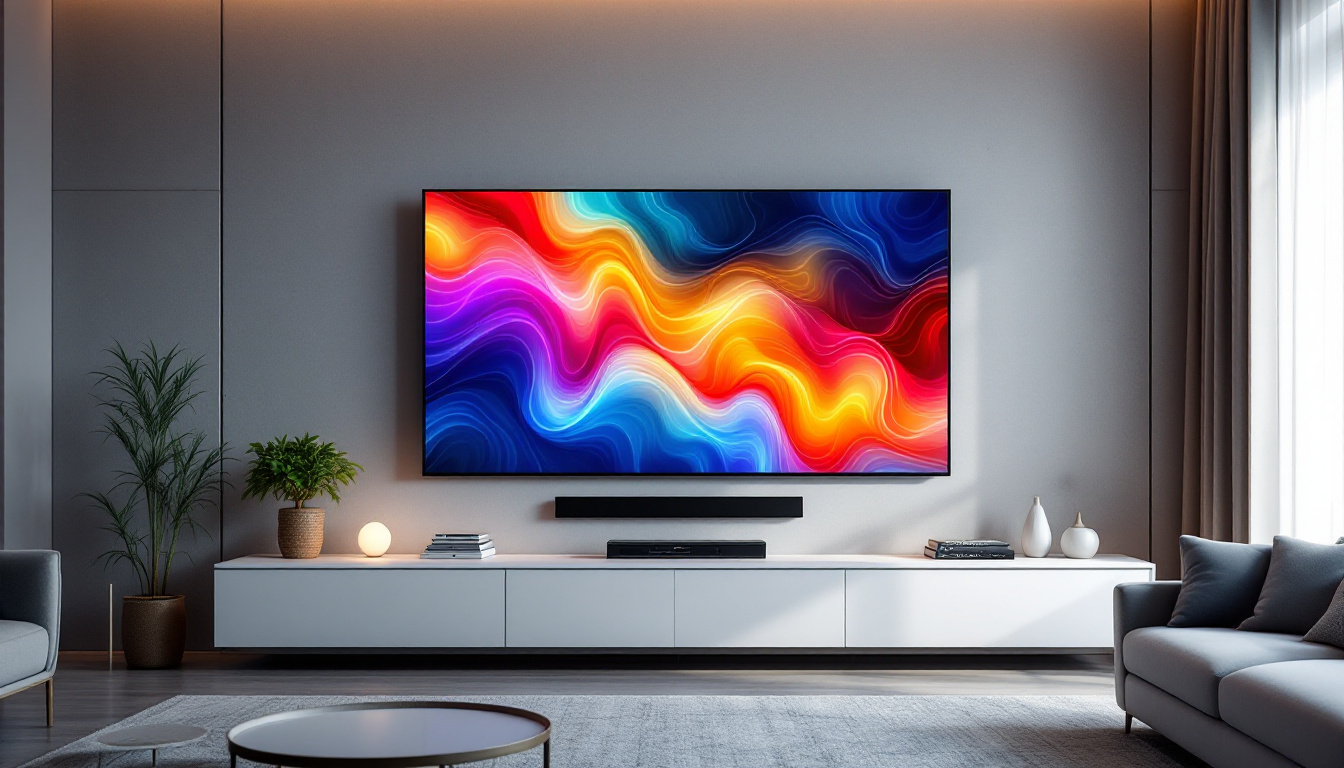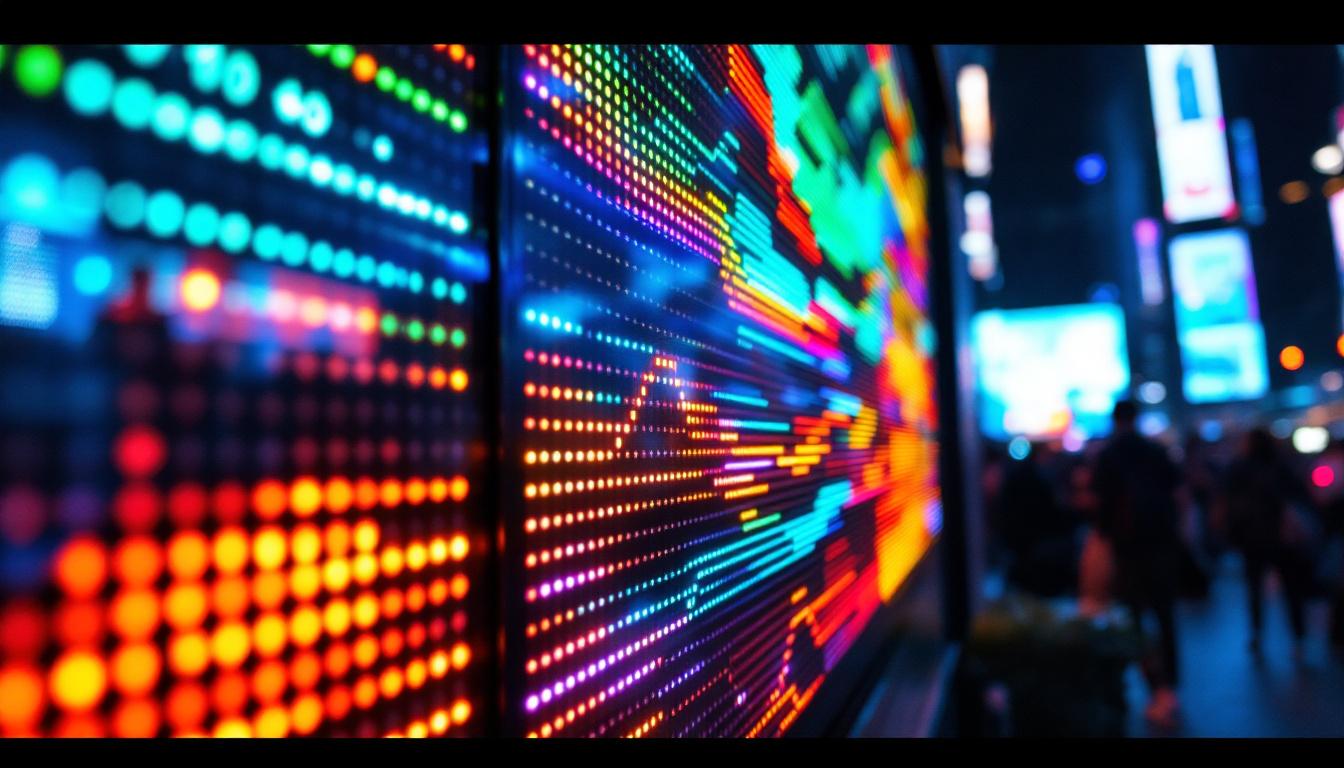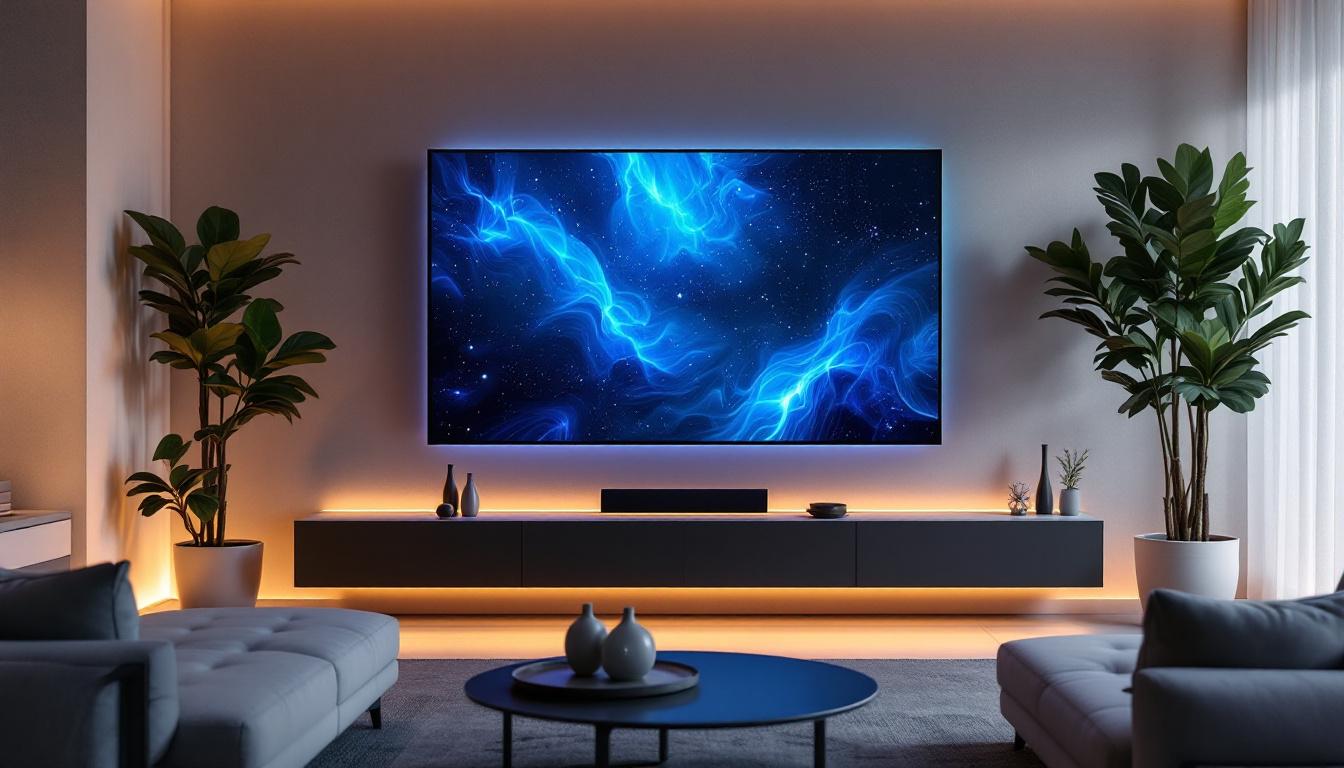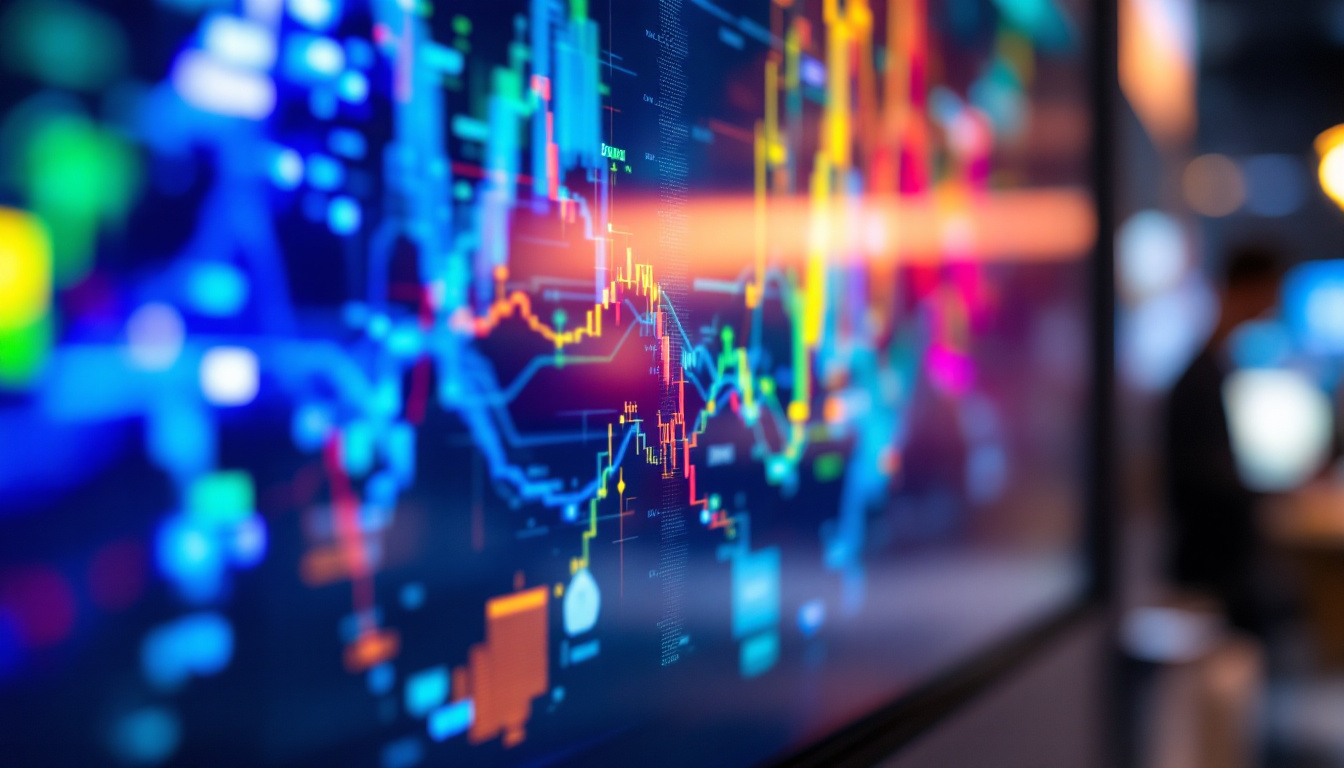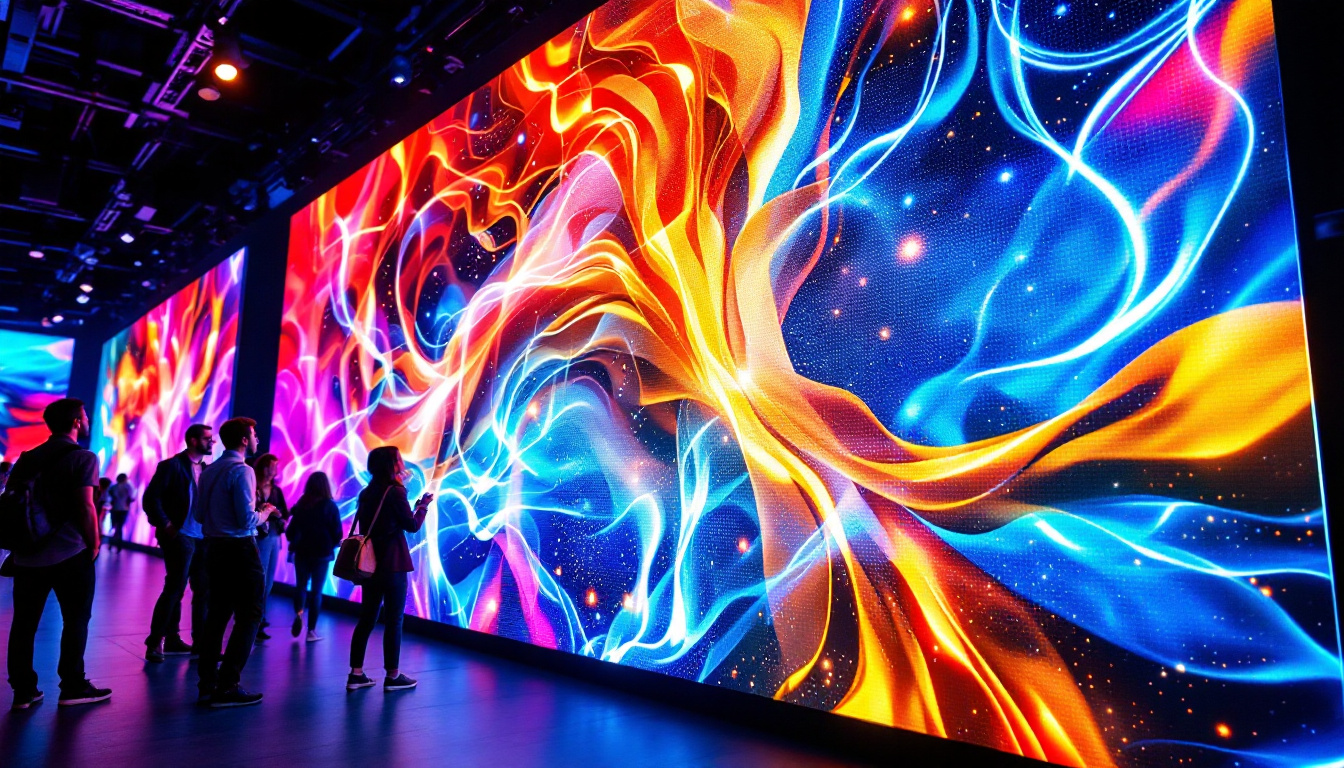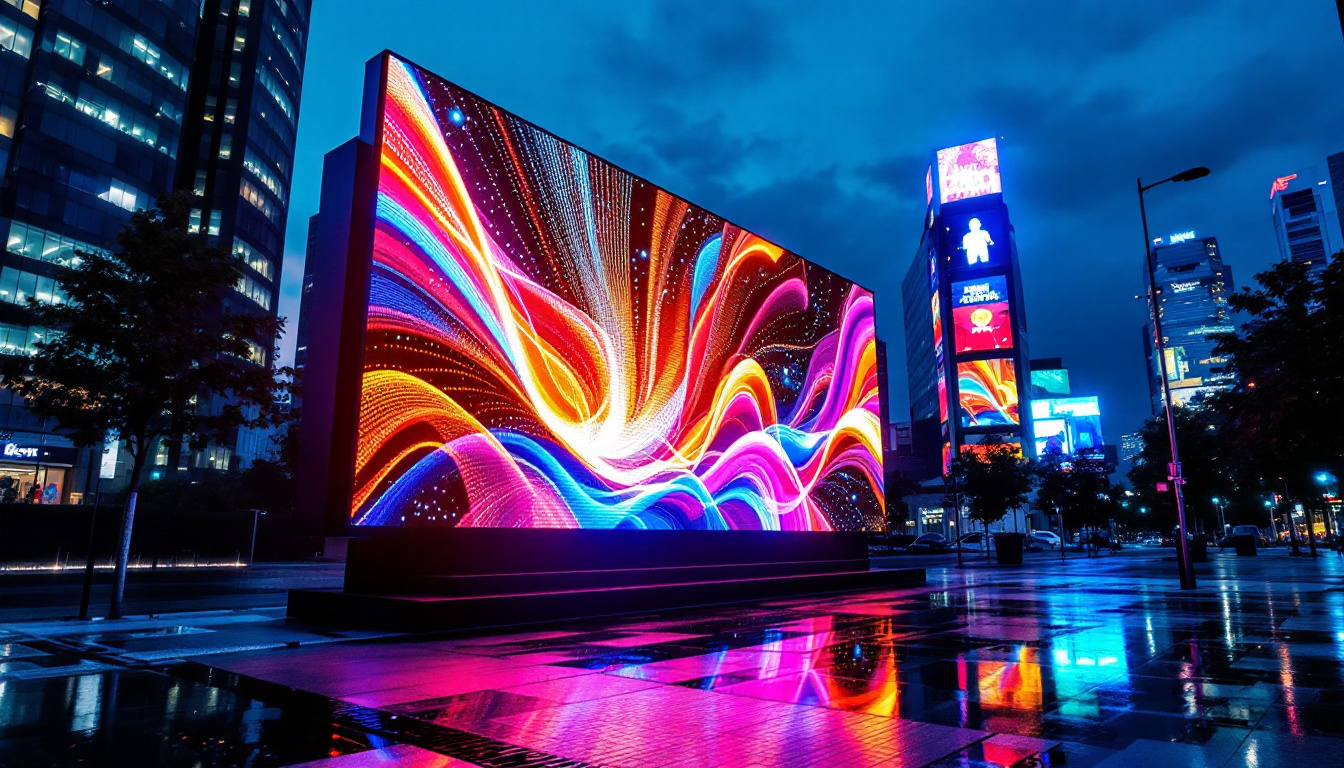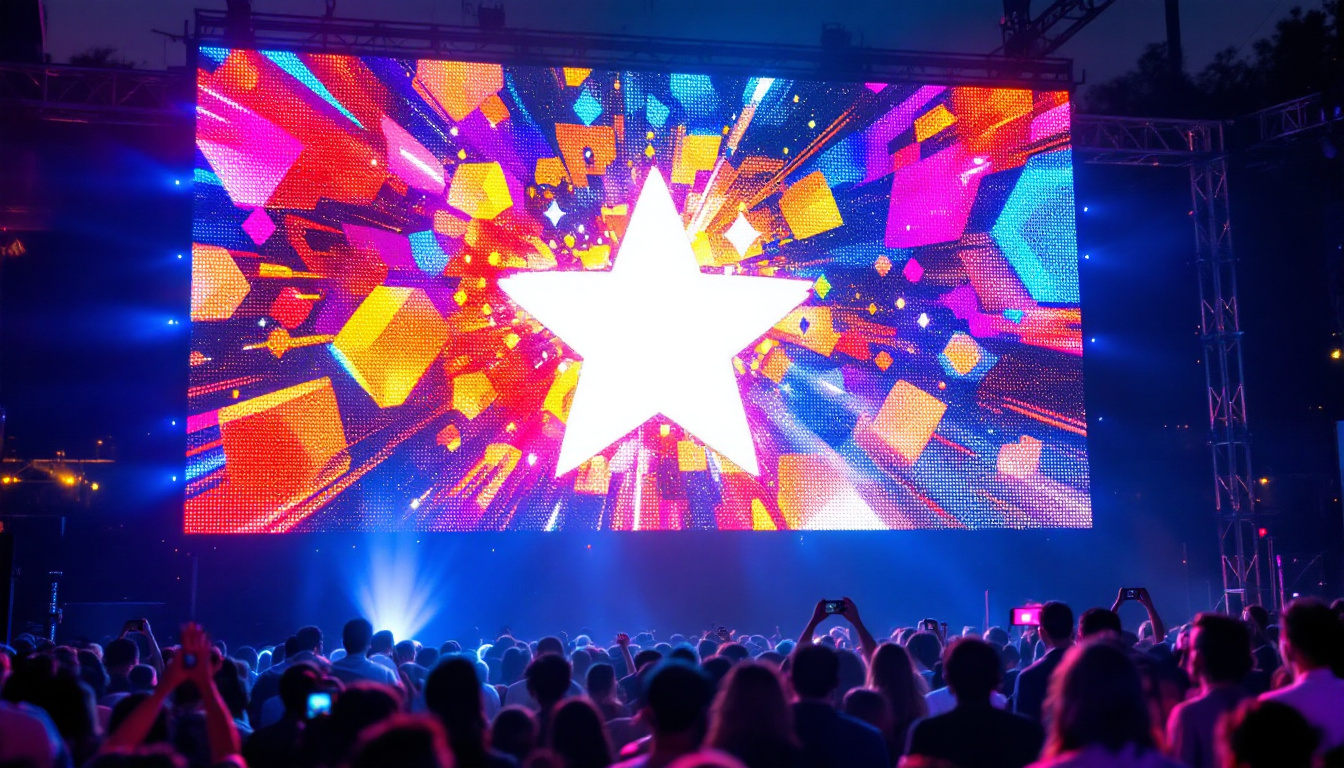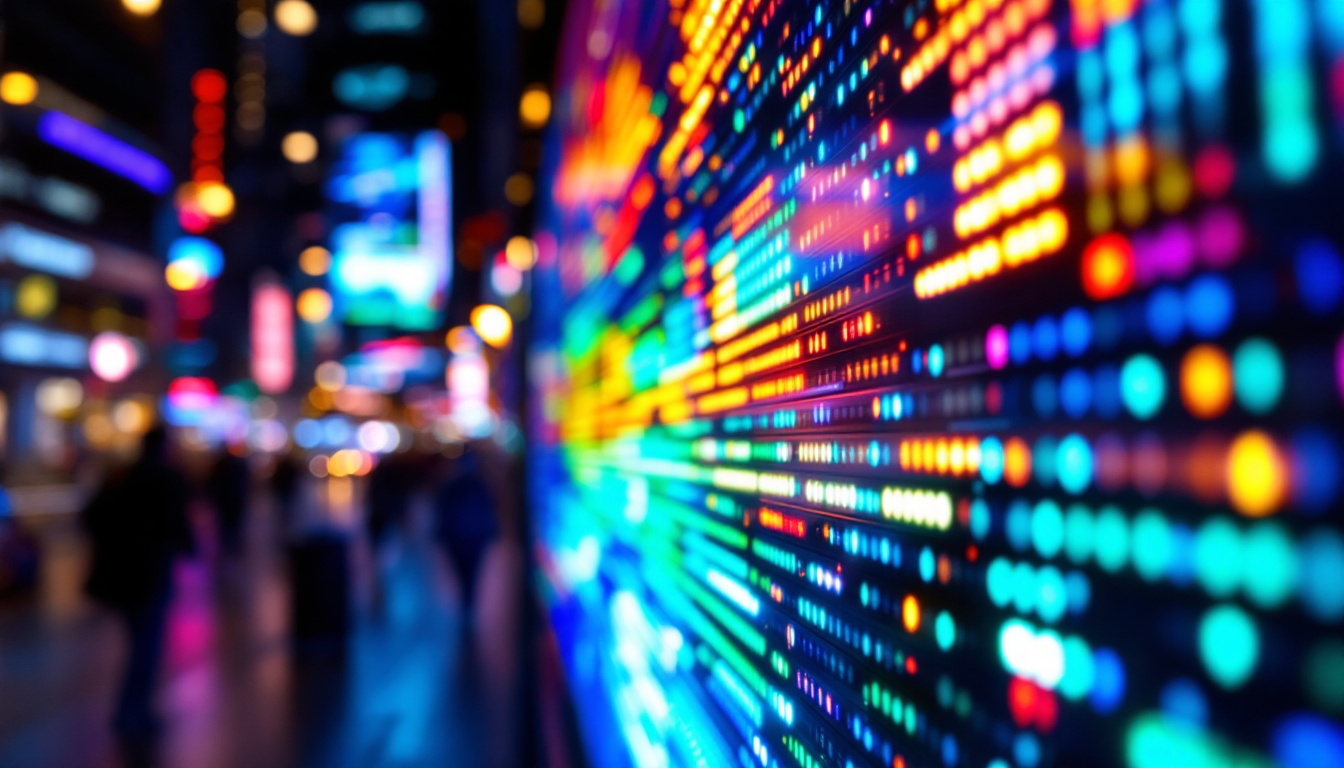In the modern era of digital communication, the significance of visual displays has surged dramatically. Among the various types of displays available, LED monitor walls have emerged as a popular choice for both commercial and residential applications. This article delves into the intricacies of LED display technology, exploring its components, advantages, applications, and future trends.
Understanding LED Technology
LED, or Light Emitting Diode, technology has revolutionized the way visual information is presented. Unlike traditional LCD or projection systems, LED displays offer superior brightness, contrast, and color accuracy. This section will elucidate the fundamental aspects of LED technology and how it applies to monitor walls.
How LED Displays Work
At its core, an LED display consists of numerous tiny diodes that emit light when an electric current passes through them. These diodes are arranged in a grid pattern, allowing for the creation of images and videos. The primary components of an LED display include the LED modules, control systems, and power supplies.
Each LED module is made up of multiple pixels, with each pixel containing red, green, and blue (RGB) sub-pixels. By adjusting the intensity of each sub-pixel, a wide range of colors can be produced. This RGB combination is what makes LED displays capable of delivering vibrant and dynamic visuals. The technology behind LED displays also allows for rapid refresh rates, making them ideal for displaying fast-moving content, such as sports events or video games, without any blurring or ghosting effects. Furthermore, the longevity of LED technology means that these displays can operate for tens of thousands of hours, significantly reducing maintenance costs and the need for frequent replacements.
Types of LED Displays
LED displays can be categorized into several types, each serving distinct purposes. The most common types include:
- Direct View LED: These displays are made up of individual LED modules that are directly visible to the viewer. They are often used in large-scale applications such as outdoor billboards and stadium displays.
- LED Backlit LCD: This type combines traditional LCD technology with LED backlighting, enhancing brightness and contrast. It is commonly used in televisions and computer monitors.
- MicroLED: A newer technology that uses microscopic LEDs to create images. MicroLED displays promise higher resolution and improved energy efficiency.
In addition to these common types, there are also specialized LED displays designed for specific environments and applications. For instance, Transparent LED displays are gaining popularity in retail spaces, allowing products behind the screen to remain visible while displaying dynamic advertisements. Similarly, Flexible LED displays can be bent and shaped to fit unconventional spaces, making them ideal for creative installations in art galleries or architectural designs. The versatility of LED technology continues to inspire innovation across various industries, pushing the boundaries of how we visualize and interact with digital content.
Advantages of LED Monitor Walls
LED monitor walls offer a plethora of advantages that make them an attractive option for various applications. From superior image quality to energy efficiency, these displays have become a staple in many environments.
Exceptional Image Quality
One of the most significant benefits of LED monitor walls is their exceptional image quality. With high brightness levels and excellent contrast ratios, LED displays can produce sharp and vivid images, even in brightly lit environments. This makes them ideal for outdoor advertising and high-traffic areas.
Furthermore, LED technology allows for wide viewing angles, ensuring that the displayed content is visible from different perspectives. This feature is particularly advantageous in settings such as conference rooms, auditoriums, and public spaces.
Energy Efficiency
Energy consumption is a critical consideration in today’s environmentally conscious world. LED displays are known for their energy efficiency, consuming significantly less power than traditional display technologies. This not only reduces operational costs but also minimizes the environmental impact.
Additionally, many LED monitor walls are designed with advanced thermal management systems, which help dissipate heat effectively. This contributes to longer lifespans and reduced maintenance needs, further enhancing their cost-effectiveness.
Versatility and Scalability
LED monitor walls are highly versatile and can be customized to fit various applications and environments. They can be configured in different shapes and sizes, allowing for creative installations that cater to specific needs.
Moreover, scalability is a key feature of LED monitor walls. As business requirements evolve, additional modules can be seamlessly integrated into existing setups, enabling easy expansion without the need for a complete overhaul.
Applications of LED Monitor Walls
The versatility of LED monitor walls allows them to be utilized across a wide range of industries and settings. From corporate environments to entertainment venues, their applications are diverse and impactful.
Corporate and Business Use
In corporate settings, LED monitor walls are increasingly being used for presentations, video conferencing, and information displays. Their ability to deliver high-quality visuals makes them ideal for showcasing data, marketing materials, and corporate branding.
Moreover, many businesses utilize LED monitor walls for digital signage, providing real-time information to customers and employees. This can include everything from promotional content to important announcements, enhancing communication within the organization.
Entertainment and Events
LED monitor walls have become a staple in the entertainment industry, particularly in concerts, festivals, and sporting events. Their bright and vibrant displays captivate audiences, creating immersive experiences that enhance performances.
In addition to live events, LED monitor walls are also used in theaters and cinemas, providing high-quality visuals that enrich the viewing experience. The flexibility of these displays allows for dynamic content that can be tailored to suit various themes and occasions.
Public Spaces and Transportation Hubs
Public spaces, such as shopping malls, airports, and train stations, have embraced LED monitor walls for advertising and information dissemination. These displays attract attention and engage passersby, making them effective tools for marketing and communication.
In transportation hubs, LED monitor walls provide real-time updates on schedules, delays, and other essential information, ensuring that travelers stay informed. Their large size and visibility make them ideal for high-traffic areas.
Challenges and Considerations
While LED monitor walls offer numerous benefits, there are also challenges and considerations that must be addressed. Understanding these factors is crucial for making informed decisions regarding their implementation.
Initial Investment Costs
One of the primary challenges associated with LED monitor walls is the initial investment cost. High-quality LED displays can be expensive, and the cost may deter some businesses from adopting this technology. However, it is essential to consider the long-term benefits and potential return on investment.
Many organizations find that the durability, energy efficiency, and reduced maintenance costs of LED monitor walls offset the initial expenditure over time. Additionally, financing options and leasing agreements can make these displays more accessible for businesses with budget constraints.
Installation and Maintenance
Installing an LED monitor wall requires careful planning and expertise. Proper installation is crucial to ensure optimal performance and longevity. This may involve structural considerations, electrical requirements, and calibration of the display.
Maintenance is another aspect to consider. While LED displays are generally low-maintenance, regular cleaning and occasional servicing are necessary to keep them functioning at peak performance. Organizations should factor in these maintenance costs when budgeting for an LED monitor wall.
Future Trends in LED Display Technology
The landscape of LED display technology is continuously evolving, with innovations and advancements shaping its future. Several trends are emerging that are likely to influence the development and application of LED monitor walls in the coming years.
Advancements in Resolution and Pixel Density
As technology progresses, the demand for higher resolution and pixel density in LED displays is increasing. This trend is driven by the need for more detailed and sharper images, particularly in applications such as virtual reality and augmented reality.
MicroLED technology, which offers higher pixel density and improved color accuracy, is expected to gain traction in the market. This advancement will enable the creation of even more immersive experiences for users, particularly in entertainment and gaming sectors.
Integration with Smart Technologies
The integration of LED monitor walls with smart technologies is another trend on the rise. As the Internet of Things (IoT) continues to expand, LED displays can be connected to various devices and systems, allowing for real-time data sharing and interactivity.
This integration can enhance user engagement, enabling dynamic content that adapts based on audience behavior or environmental factors. For instance, digital signage can be updated in real-time to reflect current promotions or events, creating a more personalized experience for viewers.
Sustainability and Eco-Friendly Practices
As sustainability becomes a focal point for many industries, the LED display market is also shifting towards eco-friendly practices. Manufacturers are increasingly focusing on energy-efficient designs and recyclable materials, reducing the environmental impact of LED displays.
Moreover, advancements in technology are leading to longer-lasting products, which contribute to waste reduction. As consumers become more environmentally conscious, the demand for sustainable LED solutions is likely to grow.
Conclusion
LED monitor walls represent a significant advancement in display technology, offering unparalleled image quality, energy efficiency, and versatility. Their applications span various industries, from corporate environments to entertainment venues, making them an invaluable asset for communication and engagement.
While challenges such as initial costs and installation considerations exist, the long-term benefits often outweigh these hurdles. As technology continues to evolve, the future of LED display technology promises exciting innovations that will further enhance their capabilities and applications.
In an increasingly visual world, LED monitor walls are set to play a pivotal role in how information is presented and consumed, shaping the way audiences interact with digital content.
Discover LumenMatrix’s Innovative LED Solutions
Ready to elevate your visual display capabilities? Explore LumenMatrix’s comprehensive range of LED display solutions, designed to meet the diverse needs of any application. From Indoor and Outdoor LED Wall Displays to specialized options like Vehicle LED Displays, LED Sports Displays, and even Custom LED solutions, LumenMatrix is at the forefront of transforming environments with captivating and engaging visual experiences. Embrace the future of digital signage with LumenMatrix and make a lasting impression. Check out LumenMatrix LED Display Solutions today and see how we can help you communicate your message with unparalleled impact and clarity.

